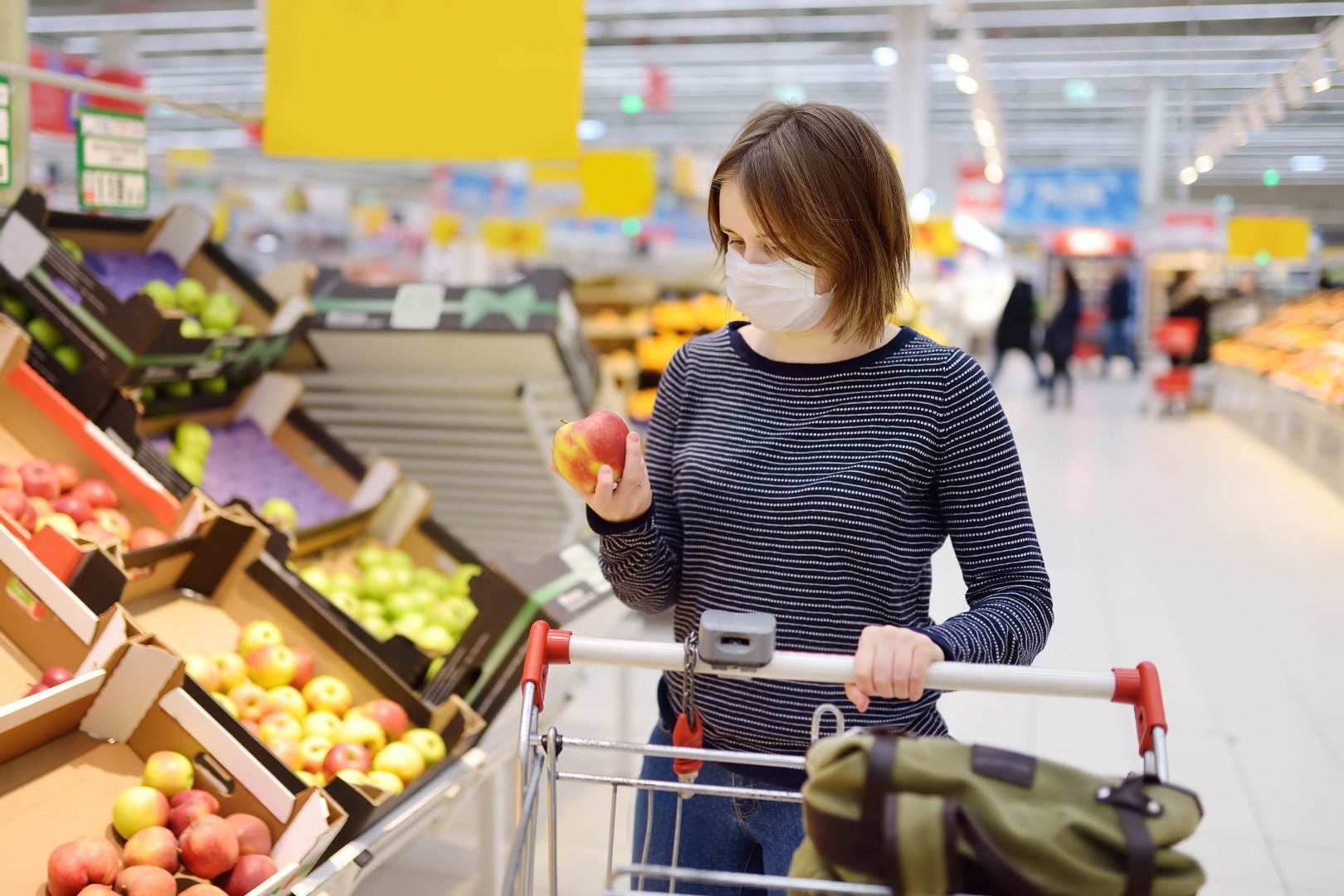Essential retail: what are we really using this for and will it hold steady or decline as more of us turn to online?
14 July 2020
Author: Linzi McGuire
It’s no secret that the UK and Ireland are headed for a recession. In fact, BBC news reports that the economy has slumped 25% in just two months, a figure which previously took us 18 years to hit.
It’s been reported that as of July, 9.3 million people have been on the furlough scheme. With a significant number of people affected by reduced incomes due to furlough, redundancy or reduced hours, how will their shopping be impacted? How will the current climate influence consumer behaviour and how can retailers and brands respond to consumer needs, new or continued, to help boost the economy and increase spending, perhaps to pre-Covid levels?
Our schizophrenic position on affordability, experience, what environments we perceive to be “safe”, and the weighting of these in any given decision, makes it even more difficult to predict the answer to the question “What do consumers want?”
When it comes to food of course, we assume that this is deemed essential and so the amount of money consumers spend in food retail is unaffected. However, it’s unclear if this is the case.
Are we being more careful with our money?
In a recent webinar on value for money, Shopper Research and Insight agency HIM reported that over half of all people are being more careful with their money, with 30% specifically saying they want to make a conscious effort to reduce the amount they spend on food on drink.
Recent data tells us that consumers are visiting supermarkets less frequently, but the amount they spend per trip is significantly more than pre-covid. The top up shop in supermarkets has seen a decline. This could be because of how safe we perceive stores to be, or perhaps we’re put off by the idea of spending a lot of time queuing and following one-way systems just to buy a few items. It just doesn’t seem worth it. In any case, the weekly shop is back, and it’s costing us more than ever as we fill trolleys and baskets to the brim.
By July, we were visiting convenience stores on average 2.3 times per week, the highest number of visits since the beginning of lockdown. The 18-34 age groups appear to make up the majority of consumers in this channel and chilled dairy, bakery goods and cigarettes and tobacco have appeared in more baskets than ever. Alongside this, basket spend is up significantly.
So, even though we’re being more careful with our money, savings are not necessarily being prioritised when it comes to food retail.
We’re relying on essential retail for more than we did before
Essential retail has become so much more than a place to do the weekly shop or restock a few pantry essentials. During lockdown, consumers have had to adapt, and so too have the outlets.
Whether through need or boredom, supermarkets have attracted new consumers into their own brand clothing boutiques, home décor and toy aisles, and electronics departments. Perhaps this has contributed to an increase in basket spend.
Likewise, convenience stores have also invited a new type of consumer who is more likely to do a local big shop over visiting the supermarket. This means that stores that were typically mostly ambient have had to adapt to include fresh and frozen produce, as well as stock larger ranges of personal care, cleaning products and even ranges like gifting, including birthday cards.
And discounters have experienced something similar when it comes to changing behaviours. Consumers are looking for value for money combined with convenience. Whereas the draw for stores like B&M and Home Bargains pre-Covid may have typically been their personal care, kids, home or garden sections, now the draw to them for food, including fresh and chilled produce, is more in demand than ever.
What do consumers want?
Even though we’ve seen a huge surge of consumers shopping online, including via food retail stores, when it comes to buying fresh food, we’re still likely to see consumers opting to purchase in store vs online. We prefer to choose our own fruit and veg and reach for the chilled products with the longest use by date displayed. This means that food retailers, including supermarkets, convenience stores and discounters alike, have a guaranteed captive audience to cross sell other products to or share experiences with to keep them there for longer or increase spend.
Now that we know what consumers are doing, next week we’ll examine how these behaviours impact the stores themselves, and how retail can best respond and evolve to keep their consumers shopping in store, in person and online.
Head over to LinkedIn to follow our story on how we can help you sell more in retail, whether bricks and mortar or ecommerce. Or contact us to chat about how we can help your brand navigate the future or retail or discuss any other needs or services.
